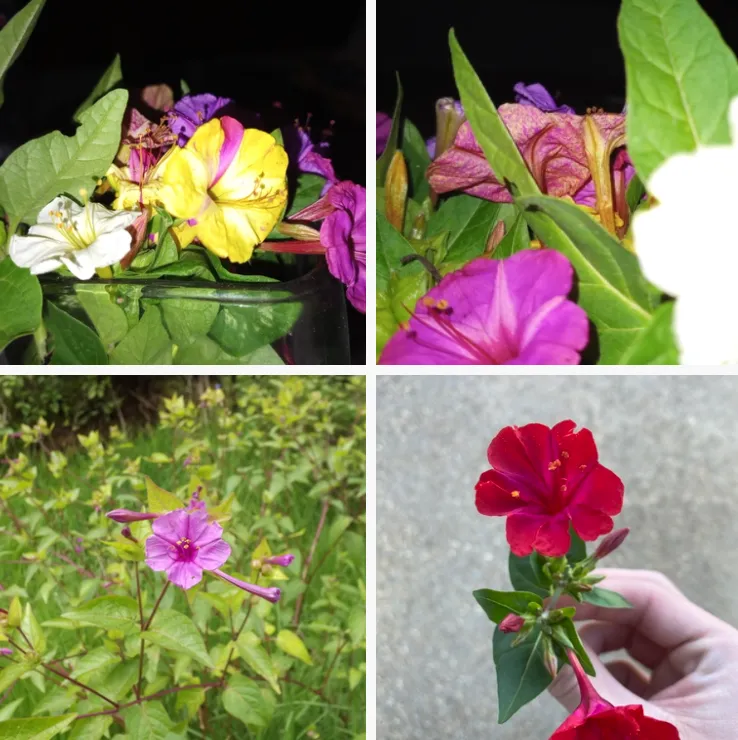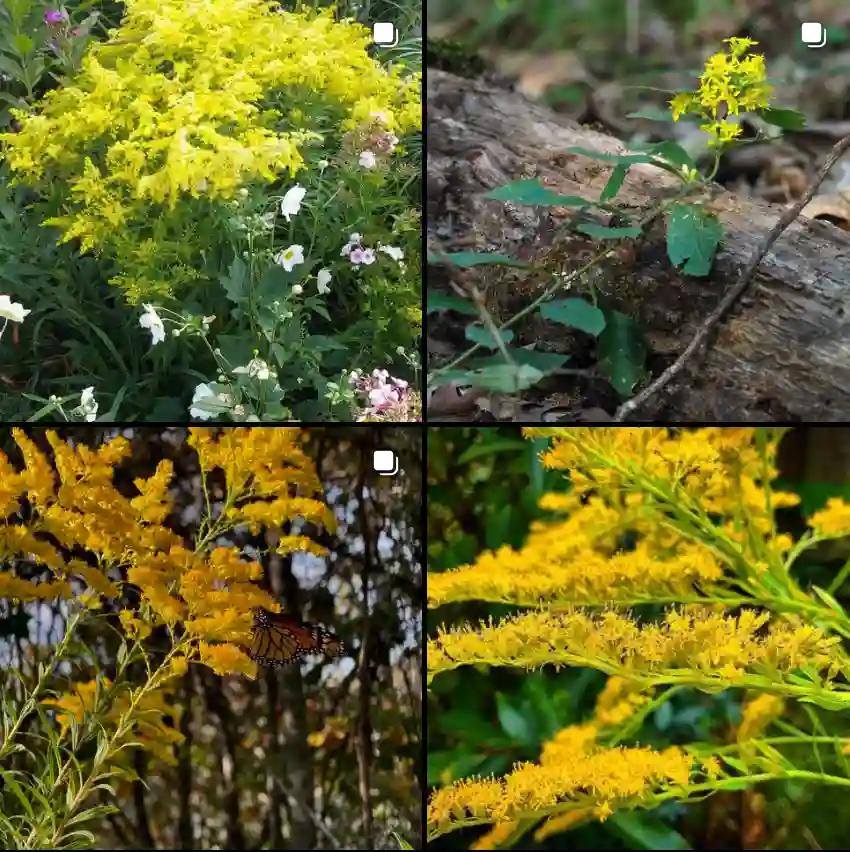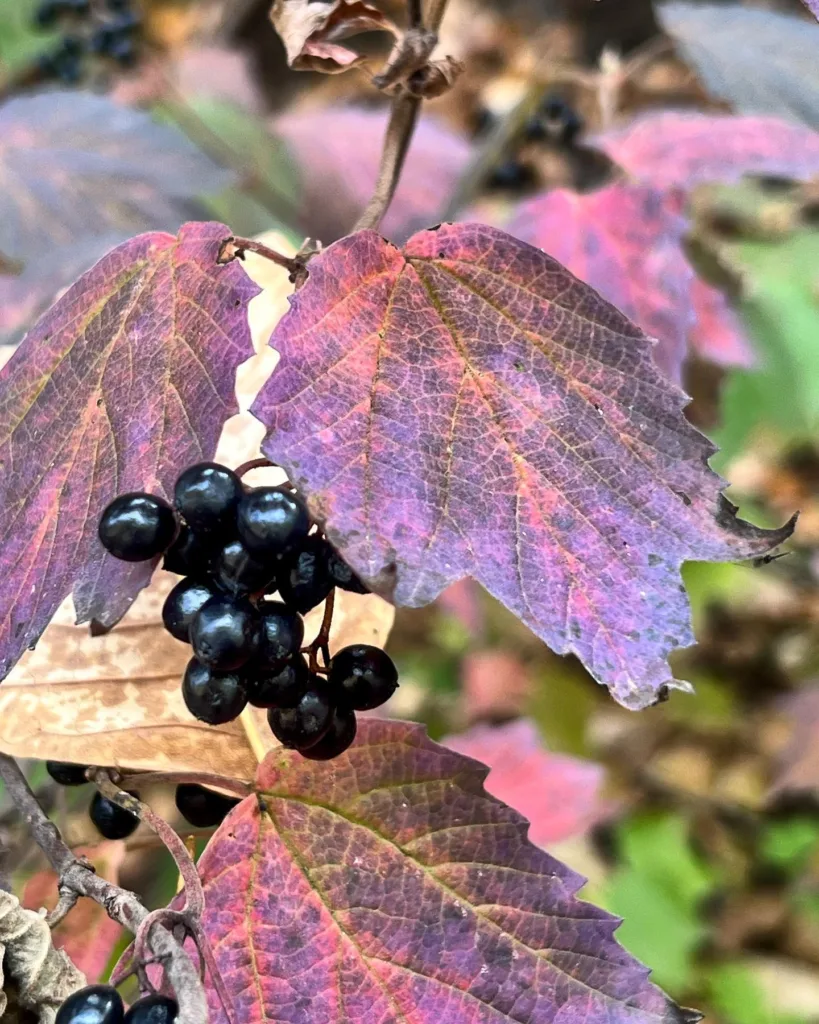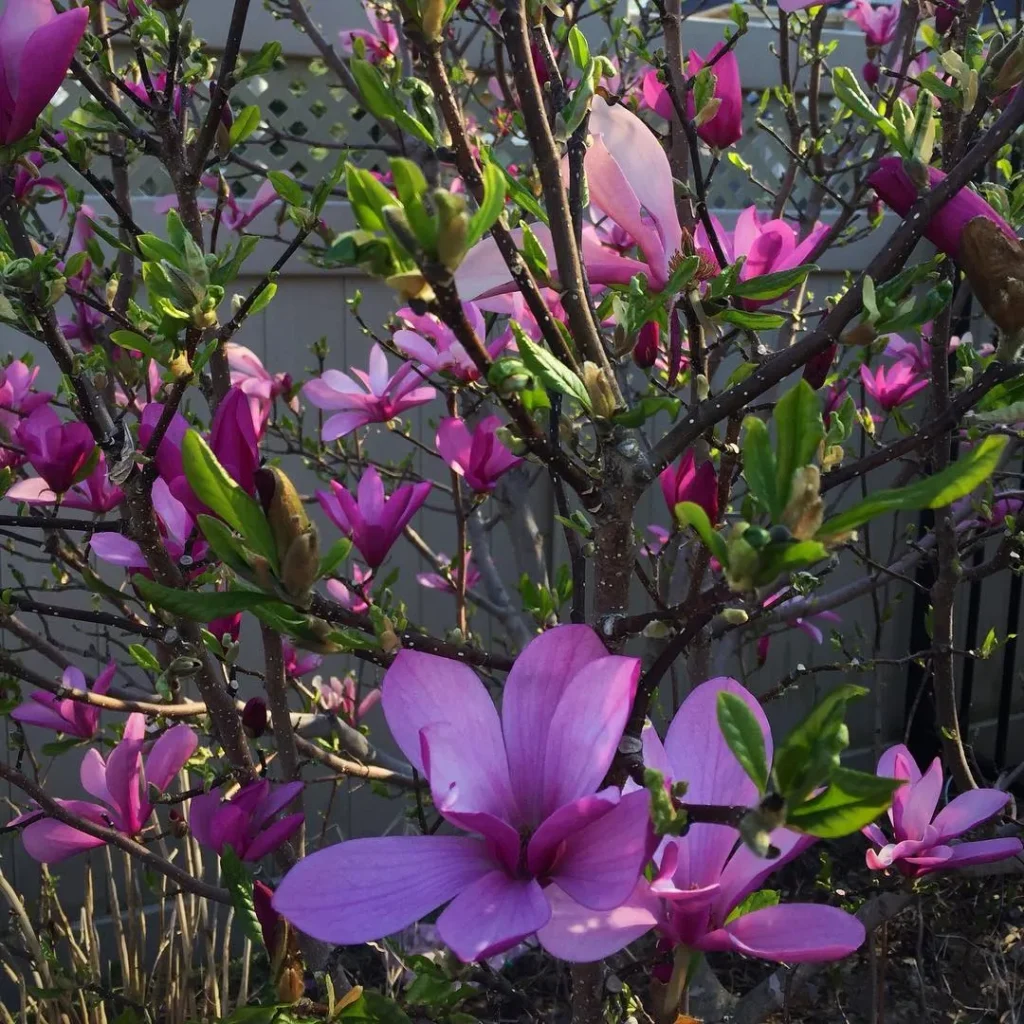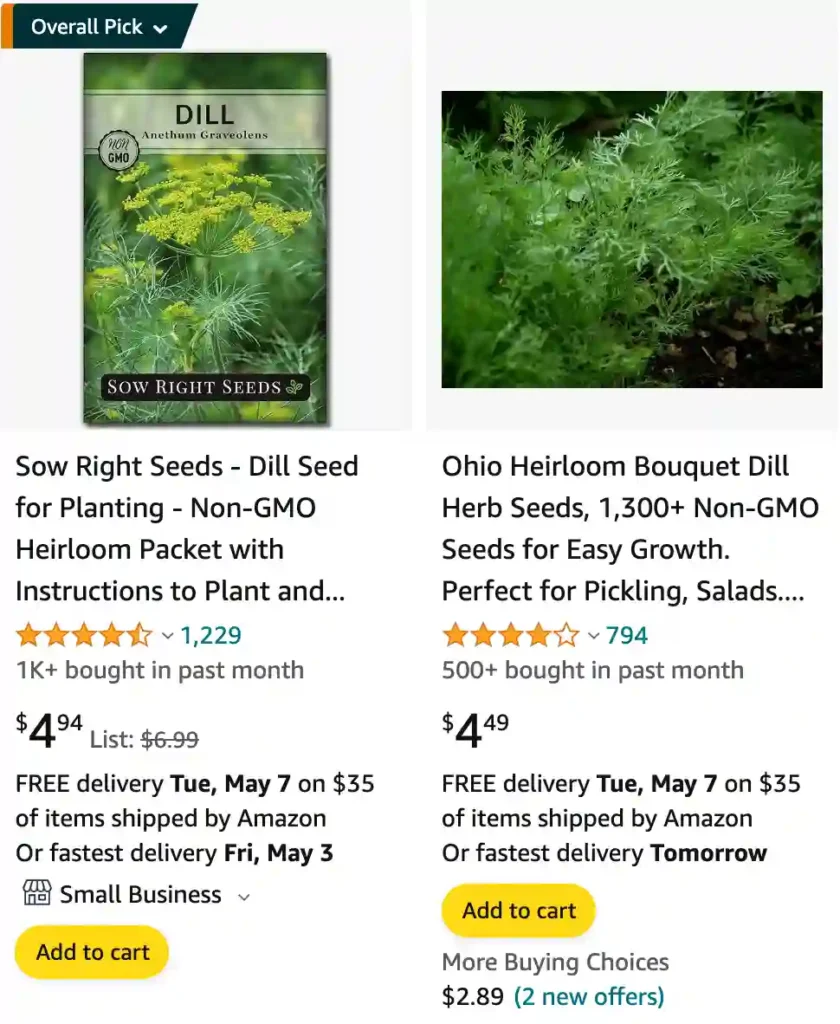
My Experience Growing and Using Anethum Graveolens (Dill)
Hi, I’m Ferb Vu, and today, I want to share my experience with Anethum graveolens, commonly known as dill. Whether you’re an avid gardener, a culinary enthusiast, or someone who simply enjoys the aroma of fresh herbs, dill is a plant worth exploring. In my garden and kitchen, dill has become a cornerstone herb. Its versatility, fast growth, and distinct flavor make it both practical and delightful.
Discovering the Charm of Dill
My journey with dill started a few years ago when I first smelled its delicate, tangy scent in a friend’s herb garden. The feathery foliage, almost fern-like, and its golden umbels of flowers were mesmerizing. But what really hooked me was its multiple uses—from enhancing the flavor of pickles to being an essential herb in soups, salads, and sauces.
Dill is an annual herb in the family Apiaceae, and it thrives in full sun and well-drained soil. It’s native to the Mediterranean and southwest Asia, but it adapts well to many climates, including the temperate zone where I live.
Growing Dill in My Garden
Planting dill was a straightforward process for me. I sowed the seeds directly in my garden because dill doesn’t transplant well due to its long taproot. I learned early on that this plant prefers loose soil, so I spent some time amending my garden beds with compost and sand.
Dill grows best in full sun, requiring about 6 to 8 hours of light daily. One lesson I learned is to avoid planting it near fennel because the two can cross-pollinate, leading to less flavorful plants. Another useful tip is to stagger plantings every two to three weeks during the growing season. This ensures a continuous supply of fresh dill for culinary use.
One of my favorite aspects of dill is how quickly it matures. Within six to eight weeks, I had a flourishing crop ready for harvest. I usually cut the leaves early in the morning when their oils are most concentrated, and for seeds, I let the flower heads mature until they turn brown.
Culinary Adventures with Dill
In my kitchen, dill is indispensable. Its flavor, a combination of anise and lemon with a hint of grassiness, is unique and elevates many dishes. I often use it in:
- Pickling: Dill seeds are a key ingredient in pickles, adding that signature tangy taste.
- Soups and Stews: A sprinkle of fresh dill brightens creamy soups, like potato or mushroom soup, adding depth without overwhelming the palate.
- Salads: I love tossing fresh dill into cucumber salads or using it in yogurt-based dressings.
- Seafood: Dill pairs wonderfully with salmon and other fish. My favorite is dill butter spread over grilled salmon.
Even dill tea has a place in my routine, known for its calming and digestive properties.
Medicinal Benefits of Dill
Beyond its culinary uses, dill offers several health benefits. Rich in antioxidants, vitamin C, and essential oils, dill can aid digestion, reduce inflammation, and even promote sleep. I’ve found dill tea helpful after heavy meals, and its antibacterial properties make it a natural remedy for minor infections.
Challenges and Lessons Learned
Dill has its challenges, too. It’s a magnet for aphids and swallowtail butterfly larvae, but I’ve come to see this as a bonus. While aphids can be controlled with neem oil, swallowtail caterpillars turn into beautiful butterflies, adding life to the garden.
Another issue I encountered was bolting, where dill flowers prematurely, often due to heat stress. To combat this, I’ve planted dill in cooler parts of the year or provided shade during hot afternoons.
Why Dill is a Garden Must-Have
For me, dill represents the ideal herb: easy to grow, visually appealing, and endlessly useful. Its semantic interoperability—its ability to cross boundaries between culinary, medicinal, and ornamental uses—makes it one of the most versatile plants in my garden.
Having dill in my life has enhanced both my gardening skills and my appreciation for simple, natural flavors. If you haven’t yet grown Anethum graveolens, I encourage you to give it a try. Whether you’re looking to spice up your meals, beautify your garden, or explore its health benefits, dill won’t disappoint.
FAQS
How to plant dill?
I always get excited to plant dill because it’s so easy and rewarding. Last year, I found a sunny spot in my herb garden that gets at least 6 hours of sunlight a day. The soil there drains well, but I added a little compost just to be sure. I planted the seeds in shallow rows, about a quarter inch deep, and kept the soil moist until the seedlings popped up. It took about two weeks, and then I had to thin them out a bit so they had room to grow. It’s amazing how quickly dill takes off after that! Within a couple months I was snipping fresh dill for everything from potato salad to creamy cucumber dressing.
When to plant dill?
In my experience, the key to planting dill is waiting for the right moment. I learned this the hard way the first time around. I planted too early in the spring, before the last frost, and the poor little seedlings didn’t stand a chance. Now, I wait until all danger of frost has passed and the soil has warmed up a bit. Usually around here, that means late spring or even early summer. The wait is worth it though, because then the dill gets a strong start and thrives in the warmer weather.
How to harvest dill without killing the plant?
My dill plant is practically a member of the family at this point, so I’ve gotten pretty good at harvesting without stunting its growth. The trick is to be gentle and strategic. I use sharp shears to snip off individual stems, rather than grabbing a handful and tearing. I focus on outer stems, especially those with at least 3-4 sets of leaves. This encourages the plant to branch out and produce more leaves in the center. Also, I avoid cutting too close to the base – leave a few inches of stem so the plant can keep growing. By being mindful and taking what I need, I get fresh dill all summer long without jeopardizing the entire plant.
What does a dill plant look like?
My dill plant is like a feathery green cloud in my garden. It can grow up to 4 feet tall, but mine is usually around 2 or 3 feet. The main attraction is definitely the leaves. They’re a beautiful blue-green color, really soft and airy, and super finely divided. Almost fern-like! They sprout from thin, hollow stems that shoot straight up towards the sun. As the plant matures, it starts to grow these bright yellow flower heads at the top of the stems. They kind of look like flat, open umbrellas made of tiny petals. Those turn into brown, flat seeds later on, which are great for pickling too! But even before the flowers appear, the whole plant has this light, refreshing fragrance that always lets me know when I’m brushing past it in the garden.
What to plant with dill?
Dill is a fantastic friend to have in the garden! Last season, I planted mine next to a row of lettuce. The dill seemed to deter aphids that were going after the lettuce leaves, and I barely had any problems with pests. Plus, the dill flowers attracted helpful ladybugs, which are always welcome visitors. It was a win-win situation! Another great companion for dill is cucumbers. They both like similar conditions and seem to benefit from each other’s presence. I might try planting them together this year and see how it goes.
How to plant dill in a pot?
Planting dill in a pot is a breeze, and perfect if you’re short on garden space like me. Last year, I used a container at least 12 inches deep – dill has a long taproot, so it needs some room to grow down. Make sure the pot has drainage holes in the bottom, because dill doesn’t like soggy feet. I filled it with a good quality potting mix, the kind that’s light and well-draining. Then, I scattered dill seeds directly on the surface, barely covering them with a thin layer of potting mix. I kept the soil moist but not soaking, and within a couple of weeks, I had little green sprouts reaching for the sunshine on my windowsill. Just be sure to give your potted dill plenty of sun, at least 6 hours a day, and you’ll be snipping fresh herbs all summer long!
How to prune dill plants?
Pruning my dill plant is like giving it a haircut and a pep talk all at once. It encourages it to grow bushier and keeps me stocked with fresh dill throughout the season. I usually start pruning when the plant reaches about 6-8 inches tall. I use sharp herb shears or scissors and snip off the top third or so of the stems, just above a set of leaves. This tells the plant to put its energy into growing new branches instead of just getting taller. Another thing I watch for are flower heads. Once they appear, I pinch those off too. Flowers signal the plant to stop focusing on leaves, so getting rid of them early keeps the leafy production going strong. By giving my dill regular trims, I end up with a full, bushy plant that provides me with plenty of fresh dill for all my culinary creations. Just remember, don’t be too greedy! Take what you need but leave enough foliage so the plant can keep thriving.
How many dill plants per square foot?
While you can technically squeeze in more, I’ve learned from experience that planting 1 dill plant per square foot is the sweet spot in my garden. Dill grows tall and likes to stretch out a bit, so giving it some breathing room helps it produce more leaves. If I crowd too many plants in, they compete for sunlight and nutrients, and I end up with spindly plants with fewer leaves. One strong, healthy dill plant per square foot gives me plenty of fresh herbs throughout the season, and I can always sow more seeds later on if I need to replenish my supply.
Final Thoughts
Dill has truly earned a permanent spot in my garden. Its distinct flavor and versatility, combined with its low-maintenance nature, make it a plant I return to every year. From the bright green feathery leaves to the aromatic seeds, dill offers something for everyone.
So, if you’re considering a new herb to grow this season, why not choose dill? You might find it as rewarding and enjoyable as I have. Let its flavor, health benefits, and beauty enrich your life just as they have mine.
If i die, water my plants!
